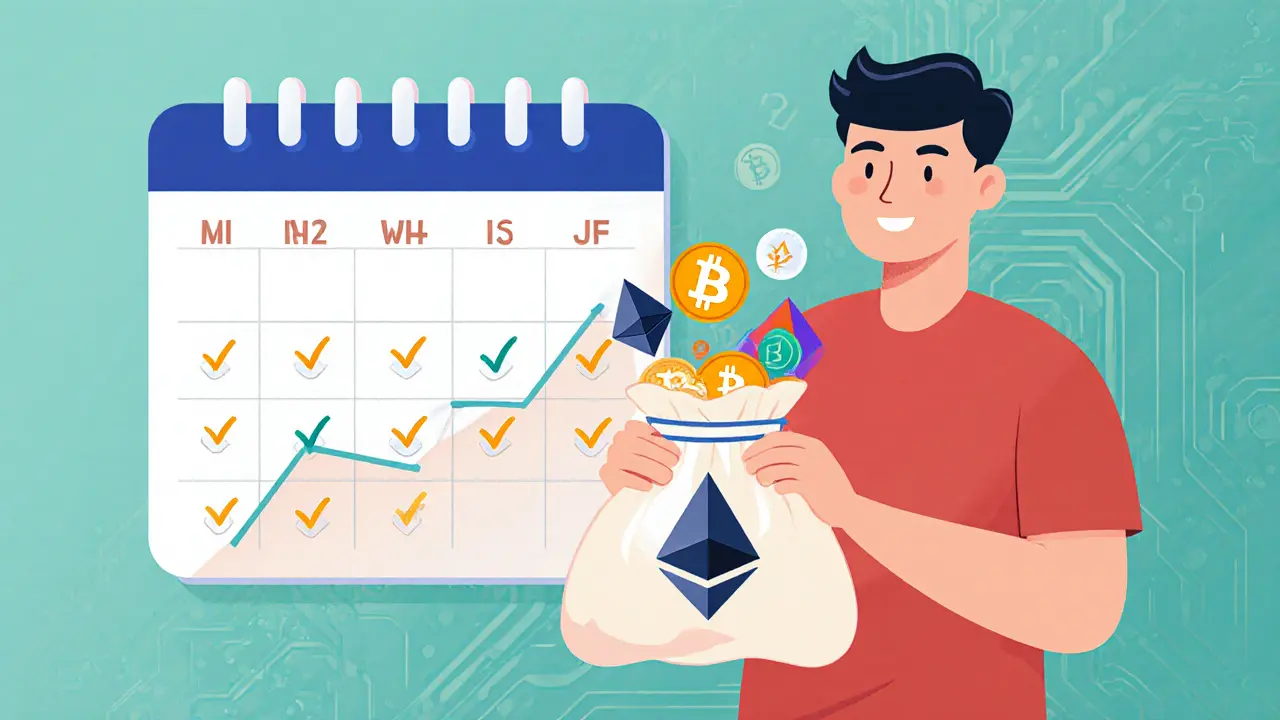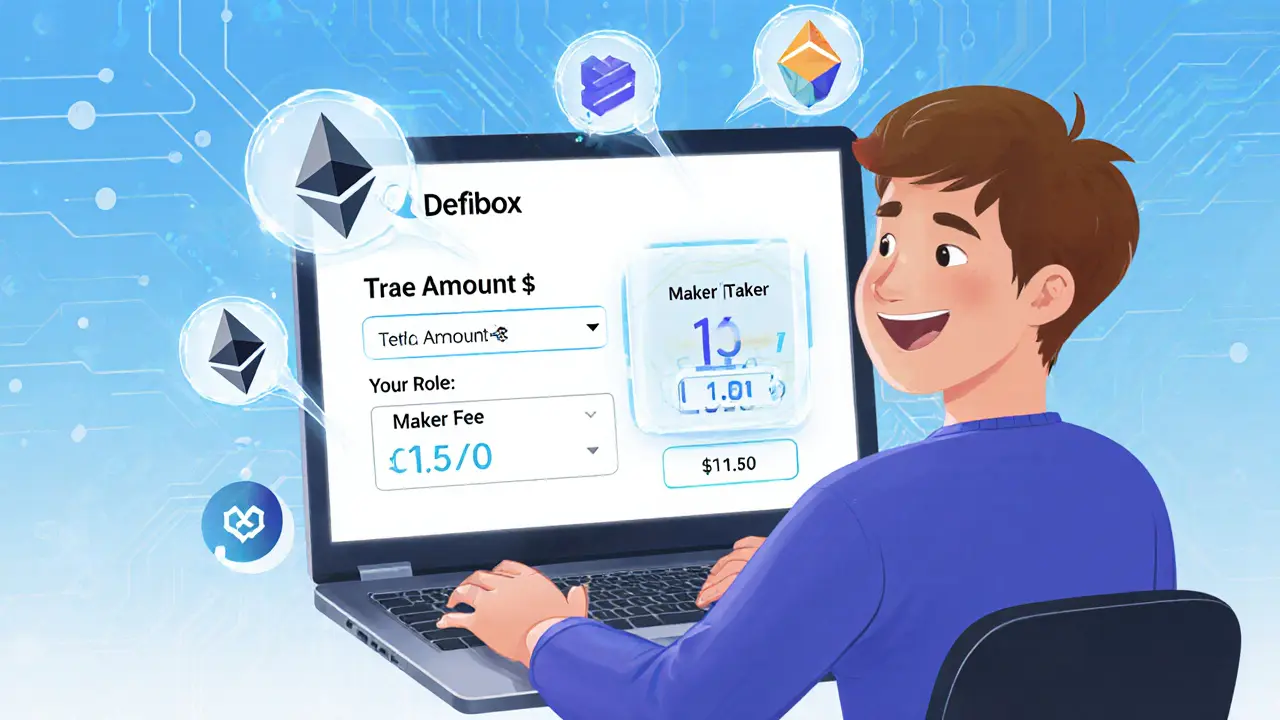Trading Fees: What You Need to Know Before You Trade
When dealing with trading fees, the charges that brokers, platforms, or blockchain networks apply to each transaction. Also known as transaction costs, they can eat into your profit margin if you don’t keep an eye on them. Alongside trading fees, exchange fees, the specific cost structures set by each crypto exchange, ranging from flat rates to percentage‑based tiers also play a huge role. The maker‑taker model, a pricing scheme where makers (who add liquidity) pay lower fees than takers (who remove liquidity) is a common way exchanges differentiate costs. Finally, withdrawal fees, the amount you pay to move crypto off an exchange to an external wallet or another platform can vary dramatically and affect the net amount you receive. Understanding how these pieces fit together helps you avoid surprise charges and keep more of your earnings.
Key Fee Types and Their Impact on Your Bottom Line
First, trading fees themselves are usually quoted as a percentage of the trade value. A 0.2% fee on a $10,000 trade sounds small, but if you trade daily, that adds up fast. Many platforms use a tiered system: the more volume you generate, the lower your fee percentage. This reward‑for‑activity approach ties directly into the maker‑taker model, where makers often enjoy a 0.1% fee and takers a 0.2% fee. The distinction matters because market‑making strategies can slash costs, while high‑frequency taker trades can erode profits.
Second, exchange fees extend beyond the simple trade charge. Some exchanges levy listing fees, inactivity fees, or even hidden costs for using certain order types. For example, a futures platform might charge a funding rate that flips between positive and negative values depending on market sentiment. Knowing these subtleties lets you compare platforms on a level playing field, rather than just looking at headline percentages.
Third, withdrawal fees are often overlooked until you try to move funds. A flat $5 Bitcoin withdrawal might seem negligible, but on a low‑value transaction it becomes a sizable chunk of the total. Some chains have dynamic network fees—known as gas fees, the cost paid to miners or validators for processing transactions on blockchain networks. On Ethereum, gas spikes can push a simple token transfer from a few dollars to $30 or more. These fees are separate from the exchange’s own withdrawal charge, so you end up paying twice if you’re not careful.
Finally, fee structures can change overnight due to regulatory shifts or market conditions. A recent example is the European Union’s MiCA regulation, which forced several European exchanges to adjust their fee schedules to stay compliant. Keeping tabs on official announcements and community forums helps you stay ahead of unexpected hikes.
All these factors—trade percentages, maker‑taker differentials, exchange‑specific charges, withdrawal costs, and volatile gas fees—interact like a puzzle. When you place one piece incorrectly, the overall picture of profitability can look very different.
Below you’ll find a hand‑picked collection of guides, reviews, and deep‑dives that break down each fee type in real‑world scenarios. From how the maker‑taker model works on MCDEX to the exact withdrawal fee schedule on XCOEX, these resources give you actionable insight so you can choose the right platform, optimize your order strategy, and keep more of your crypto earnings. Dive in and start mastering the cost side of trading today.
Avoid These Common Crypto DCA Mistakes and Protect Your Investments
Learn the top mistakes that ruin crypto DCA strategies and how to fix them with practical, step‑by‑step advice.
read moreDefibox Crypto Exchange Review - Features, Fees, Security & Comparison
In-depth Defibox crypto exchange review covering features, fees, security, supported assets, and a side‑by‑side comparison with top exchanges.
read more


